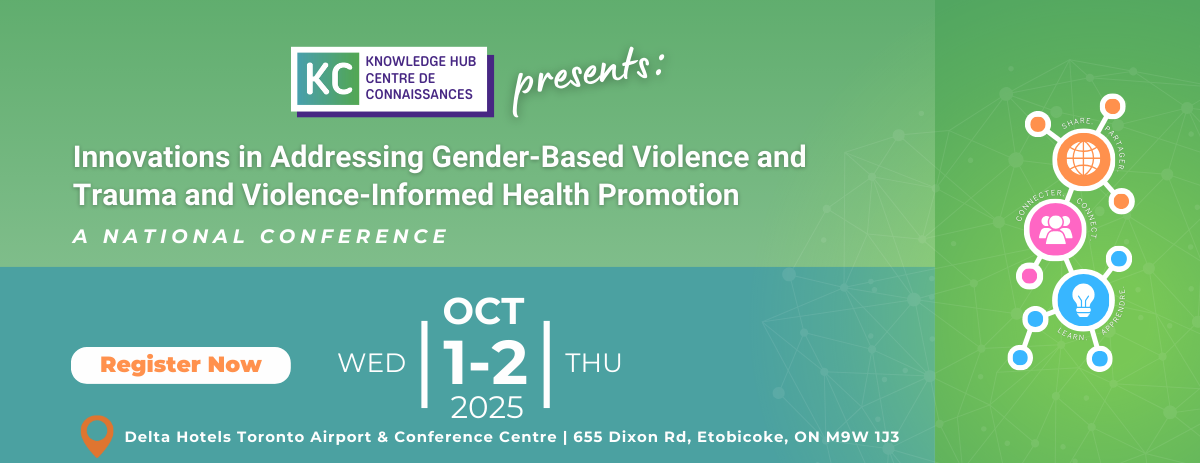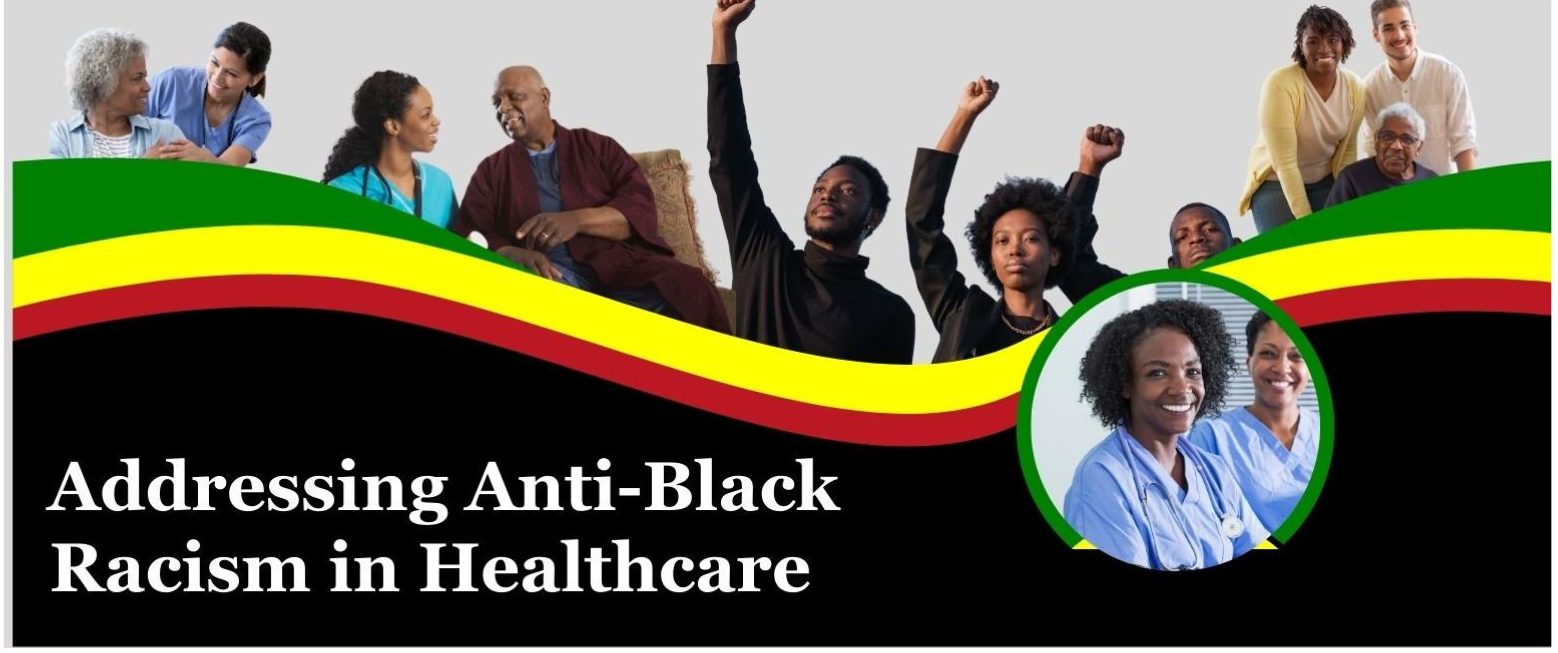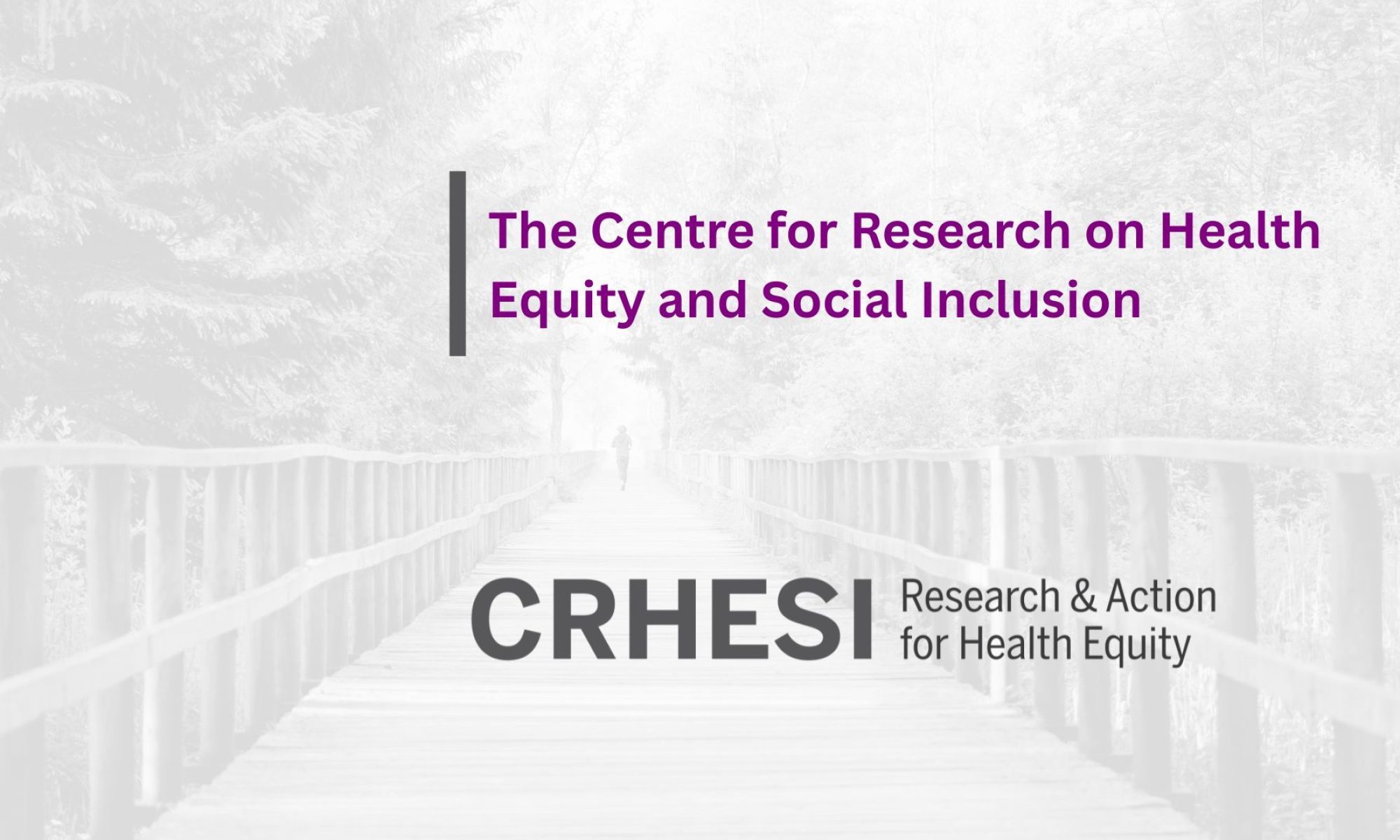The Centre for Research on Health Equity and Social Inclusion (CRHESI) is an interdisciplinary, collaborative initiative led by the Faculty of Health Sciences at Western University.
The concepts of health equity and social inclusion cut across the work of many faculties and community service organizations within Western University and the London Not-for-Profit-Sector respectively. CRHESI strives to provide a forum for research-enabled, synergistic and catalytic change for London and surrounding areas.
Advocating for Housing
CRHESI UPDATES
-
Upcoming Event Spotlight: Innovations in Addressing Gender-Based Violence and Trauma- and Violence-Informed Health Promotion

October 1–2, 2025 | Toronto, Ontario We’re pleased to share an exciting event hosted by the Knowledge Hub at the Centre for Research & Education on Violence Against Women & Children (CREVAWC) — the Innovations in Addressing Gender-Based Violence and Trauma- and Violence-Informed Health Promotion Conference, taking place on October 1–2, 2025, in Toronto. This…
-
Join Us: Community Conversation on Addressing Anti-Black Racism in Healthcare

CRHESI, along with our partners, invites you to a crucial community conversation on Saturday, June 7, 2025, at the South London Community Centre. This event aims to amplify the voices of Black communities in healthcare, foster dialogue, and explore solutions for building a more equitable system. The day will feature a brief panel presentation and…
-
Reflections on Building an SD Data Collection Training Module

Written by Aaron Andrews, Carmen Duimering, and Megan Matlock Interdisciplinary Medical Sciences students at Western University Working on this CEL project as a team was an incredibly rewarding experience. From the very beginning, we leaned on each other’s strengths and found that our diverse perspectives helped us navigate the complexity of our task: building an…
-
Addressing Anti-Black Racism in Healthcare: A Step Toward Equity in London, Ontario

Written by Mina Yu, CRHESI Student Collective, Community Engaged Learning placement, Bachelor of Health Sciences, Western University Systemic racism in healthcare continues to be a significant issue affecting Black communities across Canada. Reports from the Middlesex-London Health Unit (MLHU) and Ontario Health highlight the poorer health outcomes experienced by Black individuals due to systemic barriers, racial…
CRHESI PRIORITIES
Newcomer Health

Anti-Hate in Healthcare

Equity Data

OUR PARTNERS
CRHESI is grounded in the strong tradition at Western University of conducting research with and for individuals who have experienced vulnerability and marginalization. Our work is made possible through collaboration with a broad network of community and university partners.
Community Organization Partners
- London InterCommunity Health Centre
- United Way
- London Cross Cultural Learner Centre
- Merrymount Family Support & Crisis Centre
- Canadian Mental Health Association (Middlesex)
- My Sister’s Place
- Family Service Thames Valley
- mindyourmind
- Goodwill Industries
- Pillar Nonprofit Network
- London Homeless Coalition
- Muslim Resource Centre
- Southwest Local Health Integration Network (LHIN)
- Middlesex-London Health Unit
- City of London
Western University Partners
- Faculty of Health Sciences
- Faculty of Social Sciences
- Indigenous Health and Well-being Initiative (IHWI)
- Faculty of Information and Media Studies
- Schulich School of Medicine & Dentistry
- Vice Dean, Basic Medical Sciences
- Schulich Interfaculty School of Public Health
- Faculty of Law
- Faculty of Education
- Department of Women’s Studies and Feminist Research
- Brescia University College
- King’s University College – School of Social Work and Poverty Research Centre


